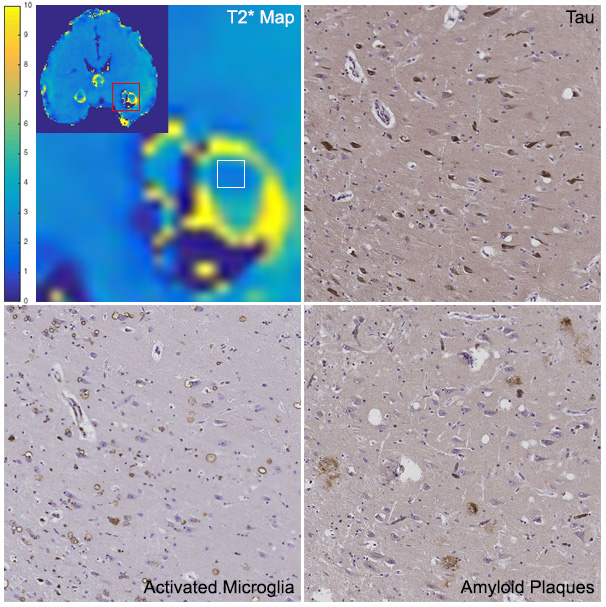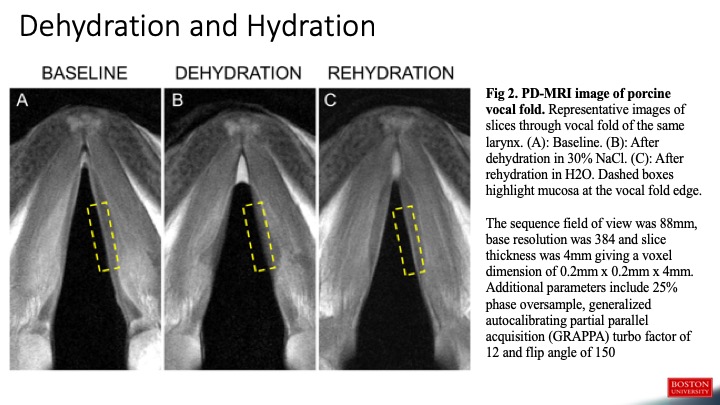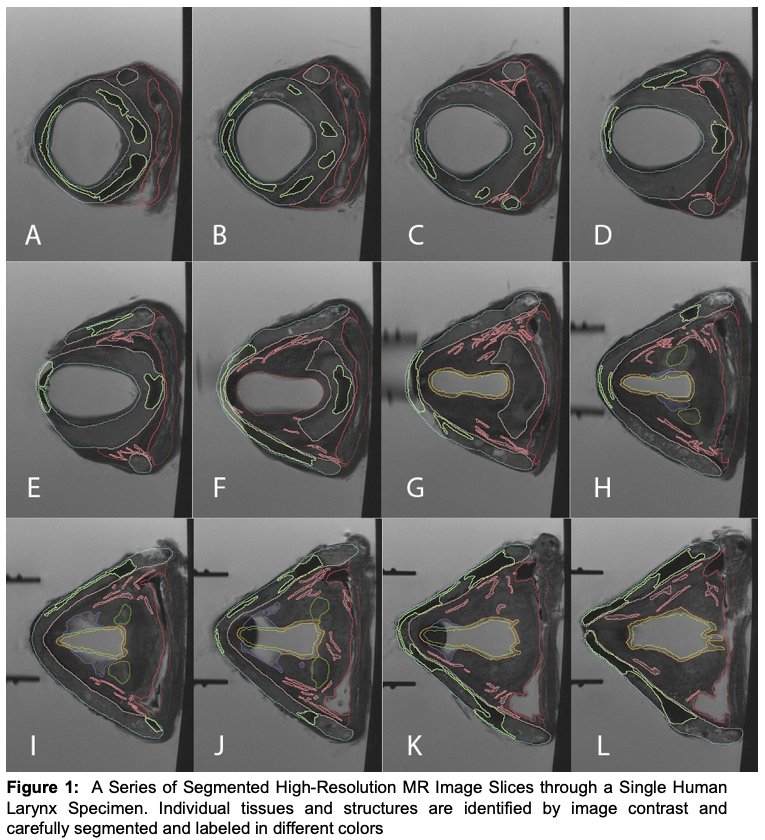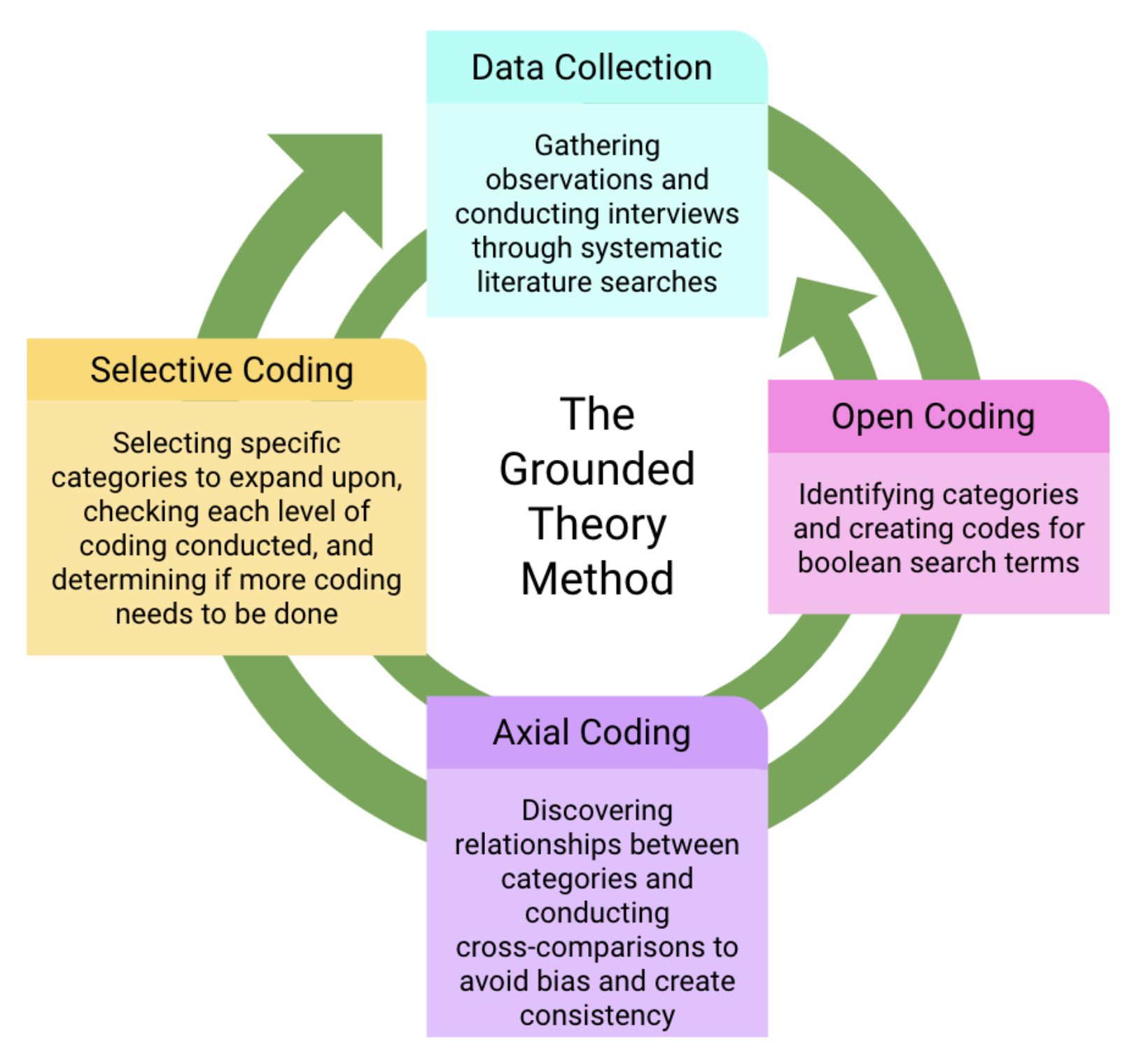Translational Anatomy of Neurodegenerative Disease & Developmental Disorder
Translational Anatomy of Neurodegenerative Disease & Developmental Disorder
Lab Director : Jonathan J. Wisco, Ph.D.
Basic Science Research
The Laboratory for Translational Anatomy of Degenerative Diseases and Developmental Disorders is interested in the anatomical validation of innovative neuroimaging and surgical techniques. Merging the techniques of structural MRI with detailed clinical anatomy dissection and quantitative histopathology, we have two major scientific research interests.
Alzheimer’s Disease
First, we have been investigating the relationship between gradient echo imaging, which is sensitive for the presence of iron in the brain, and oxidative stress pathophysiology of neurodegenerative disease. Since iron binds to neuropathological proteins in Alzheimer’s disease (AD), frontotemporal dementia, Parkinson’s disease, cerebrovascular disease, and chronic traumatic encephalopathy, for example, it should be visible in MRI. We recently showed that T2* mapping of iron deposits of the hippocampus corresponded to AD pathophysiology.

Vocal Fold Imaging and Histology
Second, we have been studying the association of vocal fold mucosa MRI signal intensity with underlying tissue architecture to inform the creation of better synthetic vocal fold vibration models for patients with subglottic stenosis of the larynx. Recently we have acquired high resolution MR images of the porcine larynx in various hydration conditions to delineate mucosa from muscle.
 In addition, we have started segmenting vocal fold MR images and examining underlying histological structure.
In addition, we have started segmenting vocal fold MR images and examining underlying histological structure.


Medical Education Research
Grounded Theory Thematic Meta-Analysis
We have developed a qualitative research approach and analysis called Grounded Theory Thematic Meta-Analysis (GTTMA). We combined grounded theory’s iterative coding approach with thematic analysis pattern delineation in the context of a meta-analysis involves the following steps. The coding process is often described as phases of data collection, open coding (initial coding), axial coding (intermediate coding), and selective coding (advanced coding) that lead to a singular or multifaceted grounded theory (see figure below). In summary:
- Formulating a research question from which broad concepts can be organized (i.e. in a concept map) and used in a series of Boolean searches of databases to discover relevant published literature. We considered the construction of broad concepts as part of the data collection phase, and the Boolean search terms as open coding for the data collection phase. For each broad concept, we aimed to analyze ~50-100 papers.
- Each paper served as a singular “voice” akin to an interview. We elected to perform a thematic analysis for each phase of coding, which looked for cohesive patterns in the diction of the papers. A content analysis would have been too granular, and a narrative analysis would have been too restrictive. We considered the coding of themes from each paper as part of the open coding phase.
- Groups of papers served as “voices” akin to focus groups whose data on the broad concepts were similar and re-coded for themes that were confirmatory or unique as a result of combining data from groups of papers. We considered this coding of groups of papers as the axial coding phase.
- Finally, we analyzed the data from all of the groups of papers and re-coded for themes that again were confirmatory or unique as a result of considering intersections between groups. We considered this coding of intersectionality as the selective coding phase.
- At each phase of coding we allowed our analysis to add papers (akin to “adding voices” to the analysis), and bridge across all three types of coding, which ensures thorough analysis of the data.

Grounded theory method that we employed in GTTMA. This figure is purposely constructed in a circular fashion to show that coding that informs new themes and experimental questions can jump to any of the coding stages and in forward or reverse direction from the initial data collection phase.
Recent Publications:
Recent Invited Lectures and Conference Presentations: March 2024 It isn’t “self-directed” anymore if you have to direct it, or is it? International Association of Medical Science Educators (IAMSE), #IAMSECafe via Zoom [invited webinar; reached over 70 attendees]
April 2024 Effect of Curricular Refresh and Renewal on Students. International Association of Medical Science Educators (IAMSE), #IAMSECafe via Zoom [invited webinar; reached over 25 attendees]
April 2025 Introduction to the Anatomy of the Human Brain. American Association for the Advancement of Science and the Federal Judicial Center, Judicial Seminars on Emerging Issues in Neuroscience 2025. [invited talk]
May 2025 A learning environment that supports making mistakes results in students who are engaged in the classroom. Noorda College of Medicine, Provo, UT [invited talk]
May 2025 Allowing students to show off their knowledge by writing fair and engaging MCQ assessments. Noorda College of Medicine, Provo, UT [invited talk]
August 2024 Anatomy Academy: A university-public school partnership of outreach and service-learning. International Early Career Anatomists, St. George’s University, London, Panel on Outreach in Anatomy [invited webinar; 20 attendees]
April 2025 Becoming Amazing on the Path to Professional School. Pre-Health Shadowing 2025 [invited webinar; over 25 attendees]
April 2025 The First Step to Converting Outreach/Service-Learning to Scholarship: Principles for Research and Funding Practices. Association of STEMM Pathway and Bridge Programs (ASPBP), Pathways to Progress: Unlocking Professional Development Opportunities series 2025. [invited talk]
August 2025 fNIRS: Physiological and anatomical reasons why investigators should report HbO, HbR, and HbT. The Advanced Neuromodulation and Neuromonitoring Training Workshop 2025 by Soterix Medical. New York, NY [Invited talk; over 50 attendees]
October 2025 Strengthening Partnerships for Funding and Research: Building Collaborative Pathways to Impact. Association of STEMM Pathway and Bridge Programs (ASPBP) Annual Meeting 2025 [Invited facilitator of Structured Networking]
October 2025 Strengthening Relationships: Building Trust and Collaboration with Community Partners and Students. Association of STEMM Pathway and Bridge Programs (ASPBP) Annual Meeting 2025 [Invited facilitator of Structured Networking]
Recent Original, Peer Reviewed Articles: Schroter S, Kolus R, Wisco JJ. Incorporating engineering educational methods into medical education. Medical Teacher 2024; https://doi.org/10.1080/0142159X.2024.2316200
Heck AJ, Arja S, Bauler LD, Eldeeb K, Huggett KN, Newell AD, Quesnelle KM, Sadik A, Saks N, Smith PJW, Wisco JJ. Evaluation of an Educational Scholarship Fellowship Program for Health Professions Educators. Med Sci Edu 2024; https://doi.org/10.1007/s40670-024-02036-6
Restini CBA, Weiler T, Porter-Stransky KA, Vollbrecht PJ and Wisco JJ. Empowering the future: improving community wellbeing and health literacy through outreach and service-learning. Front. Public Health 2024; 12:1441778. https://doi.org/10.3389/fpubh.2024.1441778
Wilson AB, Bay BH, Byram JN, Carroll MA, Finn GM, Hammer N, Hildebrandt S, Krebs C, Wisco JJ, Organ JM. Journal recommended guidelines for survey-based research. Anat Sci Edu 2024; Oct;17(7):1389-1391. https://doi.org/10.1002/ase.2499
Wilson AB, Bay BH, Byram JN, Carroll MA, Finn GM, Hammer N, Hildebrandt S, Krebs C, Wisco JJ, Organ JM. Journal recommended guidelines for systematic review and meta-analyses. Anat Sci Edu 2024; Oct;17(7):1392-1395. https://doi.org/10.1002/ase.2500
Braha N, Cengiz K, Donohoo N, Zhu C, Oddo B, Lee C, Siegel N, Robinson T, Schmidt E, Wisco JJ. A multidisciplinary approach: improving physician visual communication via clinical sketches. J Vis Commun Med 2025; https://doi.org/10.1080/17453054.2025.2458564
Hill CJ, McNamara T, Ringel R, Scheuer LS, Elzie C, Offner G, Neri C, Cohen-Osher M, Garg PS, Wisco JJ. Student and Faculty Differences in Perceived Utility of Learning Objectives in Pre-Clerkship Self-Learning Guides. Med Sci Educ 2025. https://doi.org/10.1007/s40670-025-02316-9
Wisco JJ, Organ J. Opening the black box of psychometrics. Anat Sci Edu 2025; 18(8):747-748. https://doi.org/10.1002/ase.70091
Wang J, Aijaz A, Dabbara H, Goodman D, Cassidy B, Claus L, Landau-Taylor J, Prasad M, Baribeau V, Xu H, McFadden G, Wisco JJ. Creation of a 4-view cardiac exam for assessment of ultrasound competency in pre-clerkship medical students. Anat Sci Edu 2025; http://doi.org/10.1002/ase.70096
Porter-Stransky KA, Restini C, Vollbrecht PJ, Weiler T, Wisco JJ. Editorial: Evidence-based outreach/service-learning to improve health-related self-efficacy through STEMM education. Front Public Health 2025; https://doi.org/10.3389/fpubh.2025.1678120
Tan M, Cohen-Osher M, Wisco JJ, Garg PS. A Qualitative Analysis of Student Perspectives on Key Elements of Flipped Classroom Prework. Med Sci Educ 2025; https://doi.org/10.1007/s40670-025-02494-6
McNamara T, Ringel R, Scheuer LS, Hill C, Offner GD, Neri CM, Cohen-Osher MB, Garg PS, Wisco JJ. Short and Sweet: Reducing Extrinsic Cognitive Load When Authoring Self-Study Materials for Medical Students. Med Sci Educ 2025; in press
Recent Case Reports, Reviews, Chapters, and Editorials: Kemp K, Rau K, Wisco JJ. How to utilize community partners to connect with the audience you intend to serve: Moving from outreach to engagement. PBP Wire – The official Bi-Annual Newsletter of the Association of STEMM Pathway and Bridge Programs. Volume 5. January 2024.
Hannan P, Hansen C, Chatham J, Capen T, Soares B, Wisco JJ, Lin DC. Duplicated and dilated ovarian vein with coexistence of persistent mesonephric artery. Surg Radiol Anat 2024; https://doi.org/10.1007/s00276-024-03461-3
Lewis B, Wisco JJ. MedWork: Building relationships through an innovative mentorship approach. PBP Wire – The official Bi-Annual Newsletter of the Association of STEMM Pathway and Bridge Programs. Volume 6. August 2024.
Wisco, JJ, Restini, C, Vollbrecht, PJ, Weiler T, Porter-Stransky, KA, eds. Evidence-based outreach/service-learning to improve health-related self-efficacy through STEMM education. Lausanne: Frontiers Media SA. 2025 https://doi.org/10.3389/978-2-8325-6883-5
Null, M., O’Quinn, M., Shearer, J., Wisco, J. J. & Lin, D. Circumaortic left renal vein with an accessory retroaortic branch in a cadaver: A rare combination of type I and III variants. Translational Research in Anatomy 2025; 41, 100447. https://doi.org/10.1016/j.tria.2025.100447